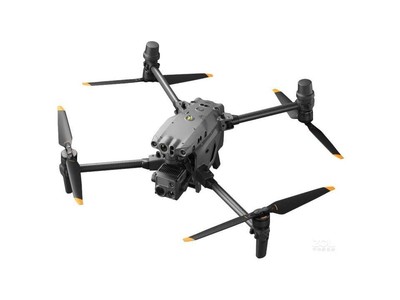Enhancing Night Vision with Infrared Camera-Equipped Drones
In recent years, drones equipped with infrared cameras have emerged as indispensable tools across various sectors, significantly enhancing night vision capabilities. These drones provide unique advantages in security, surveillance, search and rescue operations, wildlife observation, and agricultural monitoring. As demand grows, understanding the core functionalities and benefits of drones with infrared cameras becomes essential. This article delves into the transformative impact these technological marvels have had on industries and explores their diverse applications.
The Technology Behind Infrared Camera Drones
Infrared cameras operate by detecting heat emitted by objects, translating this into visible images. Unlike traditional cameras that depend on light, infrared technology enables drones to capture images in darkness, providing crucial insights even in the absence of visible illumination. This makes drones with infrared cameras especially valuable for nighttime operations or environments with challenging lighting conditions.
Applications in Various Industries
- Security and Surveillance: Infrared-equipped drones offer unparalleled surveillance capabilities, proving effective in monitoring large areas and identifying potential threats in real-time. Security personnel can leverage these drones to enhance perimeter security and maintain constant vigilance without manual intervention.
- Search and Rescue: In search and rescue missions, timeliness and precision are crucial. Infrared cameras can detect human heat signatures amidst complex terrains or after sunset, thus aiding rescues by swiftly locating individuals in distress.
- Wildlife Observation: Monitoring wildlife during nocturnal hours becomes feasible with infrared camera drones. Researchers and conservationists use these drones to study animal behavior without disturbing natural habitats, gaining insights into nighttime activities which would be challenging to obtain otherwise.
Agricultural Insights
In agriculture, infrared drones play a pivotal role by assessing crop health, identifying areas needing irrigation, and detecting pest infestations invisible to the naked eye. These insights allow farmers to make informed decisions, optimizing yield and minimizing resource wastage.
Challenges and Considerations
Despite their advantages, deploying drones with infrared cameras comes with challenges. Weather conditions, legal regulations regarding drone usage, and camera sensitivity can influence their effectiveness. It’s essential to ensure compliance with local laws and maintain equipment for optimal performance.
“The night is no longer an obstacle; it’s an opportunity to gain insights unnoticed before.”—Drone Operator
Future Prospects
The technology is evolving rapidly, with advancements leading to more affordable and sophisticated infrared cameras. This progression invites wider adoption across industries, unlocking further potential in environmental studies, emergency responses, and urban planning.
FAQs on Infrared Camera Drones
Q: Can infrared drones capture images through walls?
A: Infrared cameras detect heat variations rather than seeing through solid objects. Hence, they cannot pass through walls but can reveal thermal differences, potentially indicating hidden issues such as heat leaks.

Q: Are infrared drones suitable for everyday photography?
A: While possible, infrared drones are not ideal for traditional photography due to the thermal bias in color rendering. Their strength lies in specialized applications requiring heat detection.
Q: How far can infrared drones see?
A: The range depends on the camera’s specifications and environmental conditions, though they typically offer effective visibility of several hundred meters in clear surroundings.